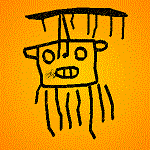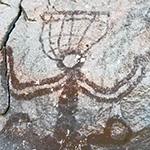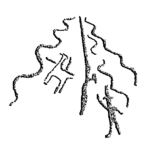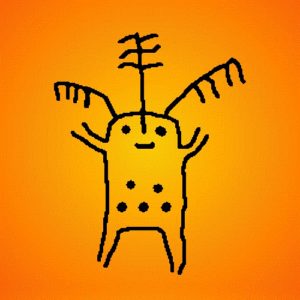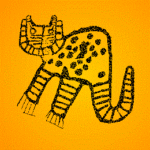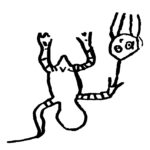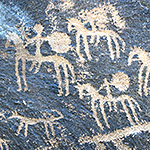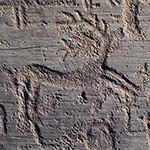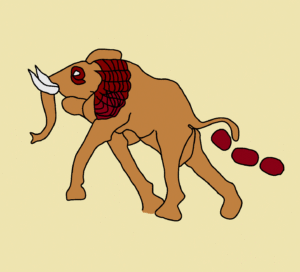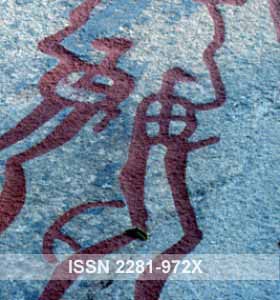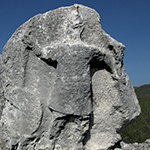
L’Antéce
A 1125 m di quota, sulla sommità di Costa Palomba, monti Alburni e Parco Nazionale del Cilento, un non comune monumento rupestre domina un ampio panorama a 360°, che spazia dall’entroterra al mare, sino all’isola di Capri nelle giornate più limpide. Si tratta dell’Antéce, secondo alcuni “l’Antico”, un altorilievo rupestre ricavato da un lastrone naturale, un aguzzo spunzone calcareo. La figura umana, a grandezza naturale, impugna con la destra una lancia, o un’insegna, alla quale è poggiato uno scudo rotondo a profilo leggermente spiovente dotato di umbone fusiforme; nell’altra mano impugna un oggetto allungato, eroso e lacunoso, che può fare ipotizzare la presenza di una folgore o di un fascio di folgori (PDF disponibile).
di Andrea ARCÀ, Oriana BOZZARELLI Read more
 Palamenco is a petroglyph site in the coastal area of Northern Peru. It has some special images, including an image of what I interpreted as a “shooting male”. This petroglyph is unique for Palamenco and possibly for Latin America as well. It is compared with more or less similar examples around the world.
Palamenco is a petroglyph site in the coastal area of Northern Peru. It has some special images, including an image of what I interpreted as a “shooting male”. This petroglyph is unique for Palamenco and possibly for Latin America as well. It is compared with more or less similar examples around the world.

